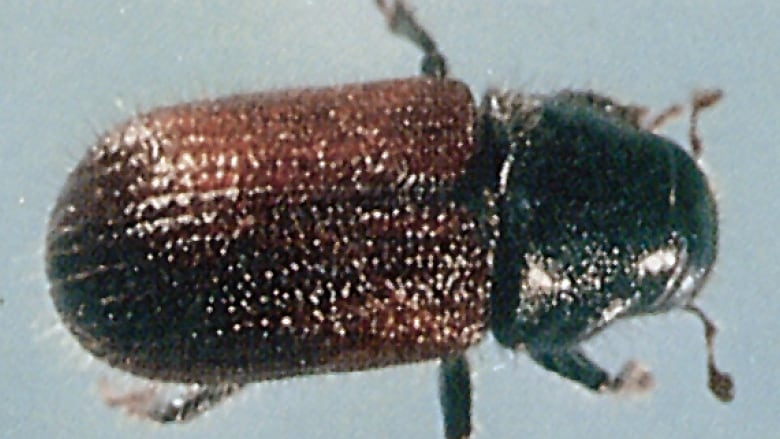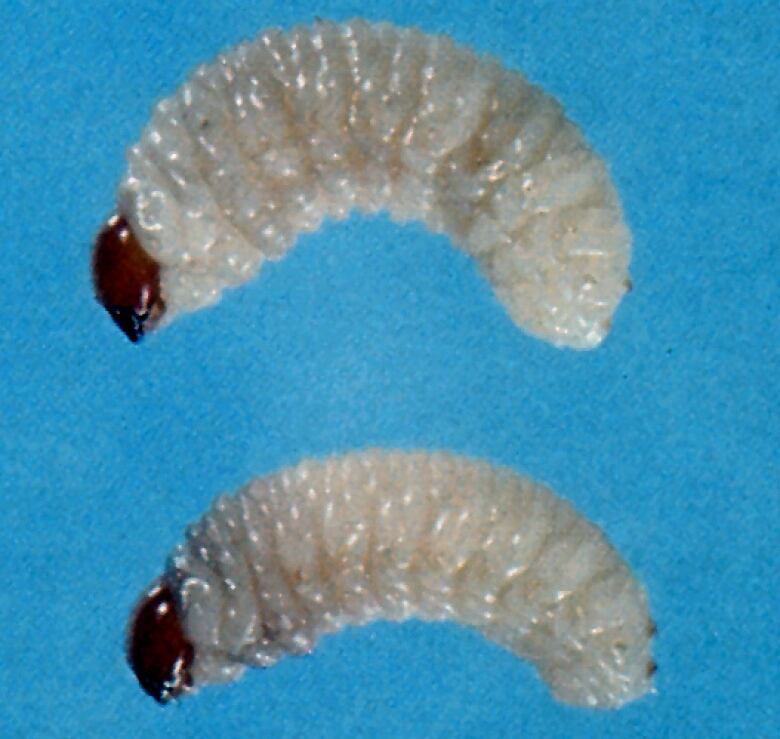B.C. spruce beetle infestation in northern B.C. forests grows exponentially
High numbers blamed on warmer weather patterns, increase in windstorms

A plan to address the latest scourge on British Columbia's forests the spruce beetle will include an extra $1 million in funding and the appointment of a spruce beetle project manager.
Native to B.C.and a common forest pest that usually feeds on the inner bark of fallen or weakened trees, the spruce beetle (Dendroctonus rufipennis) becomes dangerous during serious and prolonged infestations, when it is capable of killing healthy trees.
The current infestation has taken over 156,000 hectares of forest in the Omineca region of northern B.C., the largest outbreak since the 1980sand a huge increase from the 7,653 hectares affected in the last infestation in 2013.
The area affected includes the eastern valleys of the Mackenzie timber supply areaand parts of the northern area of the Prince George timber supply area.
The spike in numbers in the current outbreak is being connected to recent warmer weather patterns, as well as an increase in felled trees due to windstorms.
Beetle populations that rise above normal levels have the capacity to seriously harm or kill healthy spruce trees over large areas of forested land.

The adult female bores through the bark of the spruce, laying her fertilized eggs in an "egg gallery". As the larvae hatch, they feed on the inner bark, burrowing laterallyand with an associated blue stain fungi eventually kill the tree.
The host tree does not show signs of having been attacked until 13 to 15 months later, once it is already under stress or close to death.
Methods to attack the infestation include a focus on sanitation, logging on the timber-harvesting areasand using "trap trees" in areas designated as wildlife habitats or uneconomic to logging.
Heather Wiebe, the newly-appointed spruce beetle manager,will form a public advisory committee to work with all those stakeholders, First Nations and communities with an interest in the environmental and social values of the Omineca forests.
"We need to take aggressive action to control this current spruce beetle outbreak. I'm confident that with all groups working together, we will be able to do so," Prince George-Mackenzie MLA Mike Morris said Friday in a statement.












_(720p).jpg)


 OFFICIAL HD MUSIC VIDEO.jpg)
.jpg)



























































































